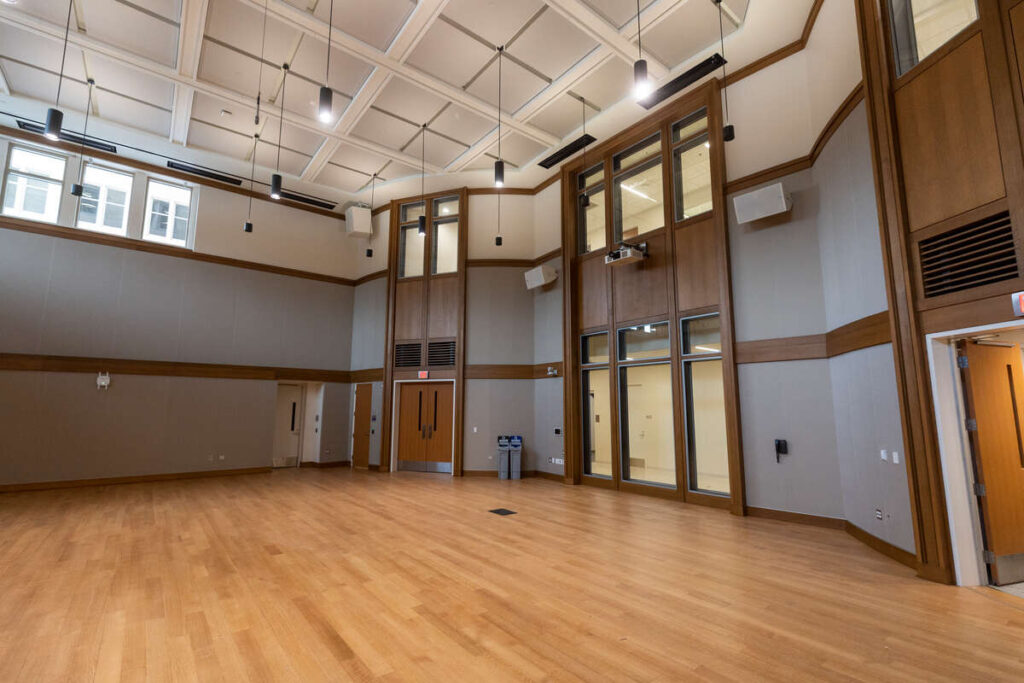 By Dan Jackson M.B.A. '12 cross posted from Real Estate Matters
By Dan Jackson M.B.A. '12 cross posted from Real Estate Matters
The Big Blue Box, furniture products that are easy to assemble, cheap and affordable, yet chic items, Swedish meatballs and cheap meals are all items that remind people of the retail giant IKEA. But the retailer wants to get you to think outside of the box.
The popular Swedish home furniture products company IKEA has its sights set on expanding its well-known footprint. The next endeavor for the company, which already has a large international presence, revolves around building entire communities where people will be able to live, work, stay and play. According to the Globe and Mail IKEA is “launching a bold push into the business of designing, building and operating entire urban neighbourhoods.” The Globe continues to state that while this is a new and bold endeavor for the furniture icon they still want these new neighborhoods to have an emphasis on the traditional affordability concept that IKEA is well-known for with its furniture products model. One of IKEA’s current slogans is “Affordable solutions for living better,” and this is the type of slogan that the property development division anticipates as they move forward into the first phase of development of these new communities. The property development team wants to create communities that are beautiful, well-maintained and allow for a maximum lifestyle benefit, but yet still affordable for families and individuals.
IKEA is not the first retail establishment that has ventured out of its traditional business boundaries into the world of property development and management. I am reminded of the final real estate class that I had as a student within the MBA program at St. Thomas, REAL 770: International Real Estate Development. In this particular course, we had the opportunity to explore a new development concept in the Cayman Islands. The development project was being completed by Dart Realty, a family spin-off of the Dart Company. The Dart Company is better known as a provider of high quality foodservice packaging. Their insulated foam cups and other products can be found at grocery stores, on college campuses and in other large commercial offices around the country and the world. While they are well known for their packaging products, the decision to move into property development was based on a family trip taken to the Cayman Islands a few decades earlier. Family members of the company fell in love with the location back in the 1980s and wanted to begin building property to be able to return to throughout the year. The UST REAL 770 course allowed us to further explore, Camana Bay a mixed use development designed around the New Urbanism concept. The motto for Camana Bay is live, work, stay and play. Camana Bay is a place for families. Many retail shops can be found in the heart of the development, the Towne Center, also known as the Paseo. The Paseo is designed to be a major attraction point for the residents who choose to live or work in the area. Residential units as well as office buildings surround the heart of the development, and the Cayman International School can be found directly adjacent to the development. This not only provides an opportunity for parents to have their children attend a school close to home, it also provides an opportunity for parents to work and still be close to the school. Many of the employment opportunities within Camana Bay are with large accounting or banking firms such as Ernst and Young and Willis Capital Management.
IKEA’s new urban neighborhood concept is very similar to the Camana Bay development in the Cayman Islands. IKEA is not branding their development as a form of New Urbanism, but there are many elements that relate to the development concept. One well-known aspect of New Urbanism stresses the importance of walkability and accessibility. According to the Globe, “Bus lanes and pedestrian walkways will cut across [the development], squares and public areas [will] abound.” These new neighborhoods are also designed for people at a variety of income levels. One of IKEA’s primary goals with this new opportunity will be to help turnaround blighted urban areas and spaces that have been neglected for years in many large cities.
Aside from the many similarities that the new IKEA urban neighborhoods have in common with the New Urbanist development of Camana Bay, there are also a few differences as well. The IKEA communities will have plenty of housing options for families and individuals, but residents in these communities will only be allowed to rent these units. The new IKEA neighborhood will consist of one large rental community. Camana Bay on the other hand has a mix of housing units that allow residents to rent and purchase homes. Camana Bay is also designed to be an upscale community, whereas IKEA will be a community for a variety of income levels. IKEA will develop and manage the entire development. The concept of an all-rental community might seem strange to some, so IKEA will roll-out with the idea and gauge the progress for new developments. The first IKEA urban neighborhood development is scheduled to be built in London’s East End, very close to the site of the 2012 Summer Olympics. This area has been known as an area of the city with a lot of economic blight over the years, but the development surrounding the Olympics has helped to improve the economic climate around this area. The new urban development by IKEA, which will be located close to Olympic Park, will help to also continue to enhance the overall perception of the East End.






